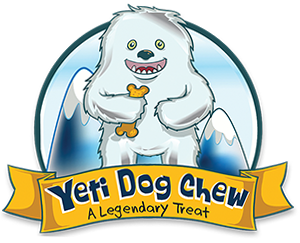Dogs may not speak our language, but they sure have a lot to say! From tail wags to head tilts, your pup’s body language is full of clues about how they’re feeling — if you know how to read them. Learning to decode these signals can help strengthen your bond, prevent misunderstandings, and keep your dog happy and safe.
Here’s a breakdown of common dog body language cues and what they usually mean
Tail Talk
Wagging Tail:
Not always a sign of happiness! The speed, height, and movement matter:
- Fast, loose wag at mid-height: Friendly and excited
- High and stiff wag: Alert or agitated
- Low or tucked tail: Fearful or submissive
Still Tail:
A stiff, still tail can mean your dog is on alert or unsure. Time to pause and assess the situation.
Ear Positions
Forward Ears:
Curious or excited. Your pup is paying attention to something interesting.
Pinned Back Ears:
Can signal fear, anxiety, or submission. In playful dogs, it may also mean “I’m being silly!”
Neutral Ears:
Relaxed and at ease. All is well in the world.
Eye Contact
Soft Eyes & Blinks:
A calm, happy dog may look at you with relaxed eyes and even blink slowly. That’s love.
Whale Eye (Whites of the eyes showing):
A warning sign. This usually means discomfort, fear, or guarding behavior.
Hard Stare:
Often a signal of aggression or serious focus. This is your cue to back off or redirect the situation.
Body Posture
Loose Body, Wiggly Movements:
Your dog is feeling playful and relaxed. Invite the fun!
Stiff, Leaning Forward:
Could mean alertness, dominance, or discomfort. Pay attention to the full context.
Cowering, Hunched, or Low:
Fear or submission. Give them space, speak softly, and try to remove the stressor.
Mouth, Tongue & Teeth
Relaxed Mouth, Tongue Lolling Out:
A happy, relaxed dog. This is their “smile.”
Yawning or Lip Licking (When Not Tired or Hungry):
A sign of stress, uncertainty, or conflict. They’re trying to calm themselves.
Baring Teeth / Growling:
This is a clear warning: “Back off.” Respect it. Punishing growls can lead to bites without warning later.
Bonus: The Play Bow
Front legs down, rear in the air = “Let’s play!”
It’s one of the most joyful and honest signals your dog can give.
Why It Matters
Understanding body language helps you:
- Catch early signs of stress or illness
- Avoid conflicts at the dog park
- Train more effectively
- Deepen your bond with your pup
Every dog is unique! Context matters — so learn your dog’s signals and trust your gut.
Got a playful pup who loves our chews? Watch how their body language changes when they’re focused, relaxed, or excited during chew time. It’s a fun way to practice your observation skills!
Email or tag us in your thoughts! As well as photos and comments to hello@yeti.pet or Tag us on social media.
Follow us on social media!
Subscribe to our emails to stay connected and learn about our exclusive saving offers.

